In my opinion, there’s no better way to see a new country than by car. Driving is always my preferred mode of transportation while on vacation; I love being able to make up my own schedule and stop as I wish along the way. The horrible feeling of rushing to make a scheduled departure time, navigating hectic train stations and being stuck indoors looking out as the countryside passes me by is not for me!
I’ve rented cars all across the globe, from South Africa to Thailand, and I believe there’s no better place to hit the open road than in Europe. Road tripping in Europe is great because it gets you off the usual tourist routes and allows you to spontaneously discover small villages, meet charming locals and discover delicious local eats. I fully believe that it’s all about the journey, not the destination, and if you have a set of wheels and a few days time, you should embark on a road trip. This guide covers how to have a successful road trip in Europe, and it is based off of my experience road tripping around Scotland. Check out this post to read my Scotland road trip itinerary.
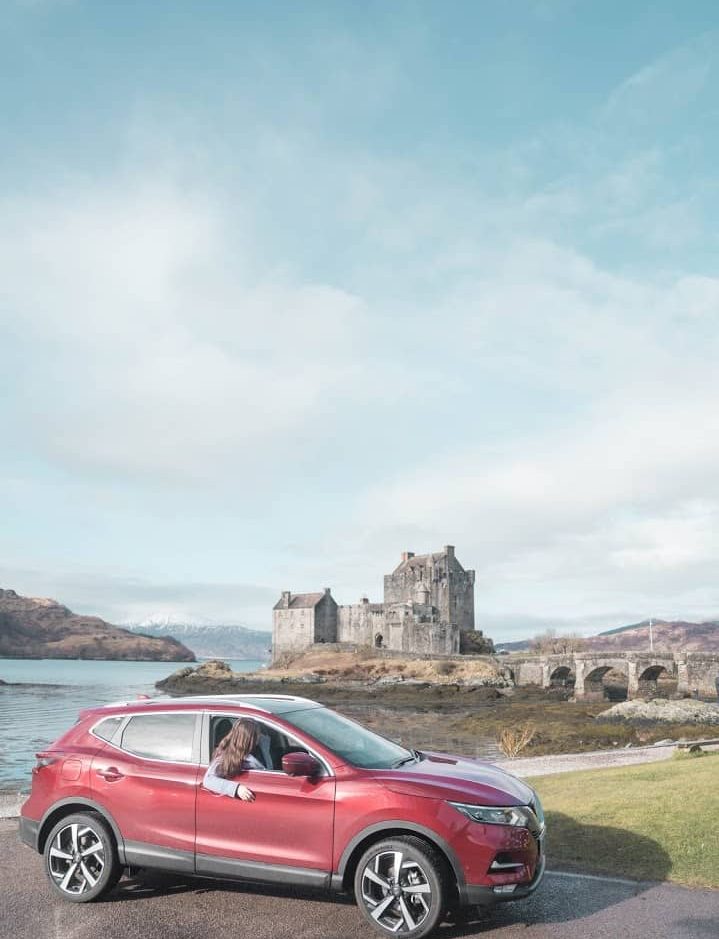
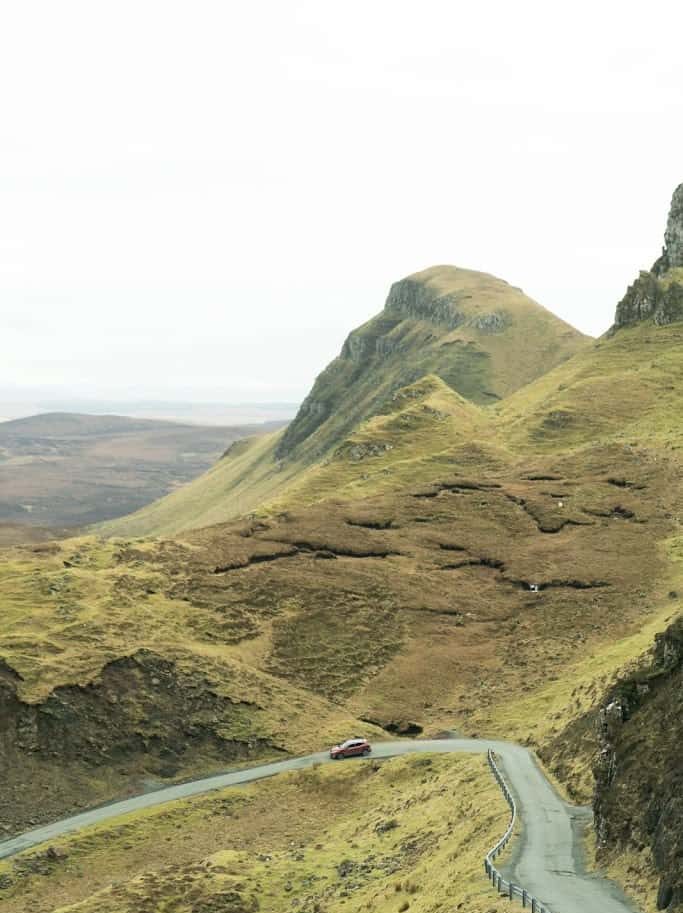
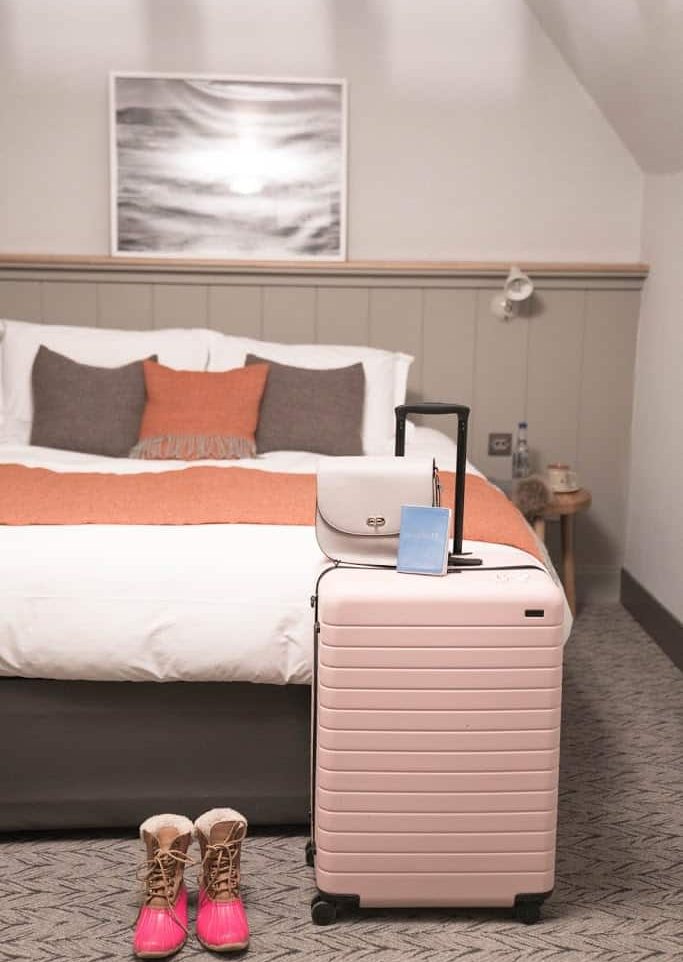
Driving in Europe is a great way to see a new country and explore its lesser known spots. From a cruise through the lavender fields of Provence, to navigating the winding roads of the Amalfi Coast to castle hopping in Scotland, traveling by car allows you to experience great sights on your own terms. No road trip is without a wrong turn here or there, but some pre-planning and arming yourself with best practices will help ensure a smooth ride ahead. Below are my top tips for how to have a great European road trip.
Start slow
The actual mechanics of driving in Europe aren’t much different than in America, but the first day or two can take some getting used to. Driving on the opposite side of the road, new street signs and an unfamiliar vehicle can all make driving in a new country nerve-wracking. Start slow on your road trip to make sure you’re comfortable with the new car. Save any long hauls for the back end and spend your first day on a shorter jaunt.
Plan ahead
Depending on your itinerary, you could be driving through remote areas that don’t have rest stops or restaurants. It’s important to bring necessary items like snacks, water and electronics chargers. I recently did a road trip around Scotland from Edinburgh to Isle of Skye and most of our drive was in the countryside. We were so happy to have food and water packed with us when we couldn’t find anywhere to stop for lunch. Also keep some loose change on hand. Many European roads have tolls and you don’t want to be stuck with no cash in the local currency.
Pick the right car
Having the right set of wheels can make all the difference on a long road trip. On my jaunt around Scotland we rented a car with Hertz Europe and loved the experience. Our car was an SUV and big enough to fit all our luggage. More importantly than that, it was roomy enough to keep us comfortable on days we were driving from morning to night. Our rental car was incredibly safe and outfitted with the latest technology- 360 degree view cameras and an alarm in case we veered too close to something. It was helpful to have such a safe car as the Scottish countryside was full of narrow winding roads. I tend to always rent with Hertz and I had the same great experience I’m used to in the states while I was in Europe.
Research your route
Plan ahead and map out your route to ensure you’re hitting all the best spots along the way. European countries are jam-packed with historic sights, charming villages and ancient ruins. You don’t want to return home and realize you were very close to an amazing sight that you missed. For our trip around Scotland we meticulously planned out our drive to hit as many great spots along the way as we could. Our fastidious research made us realize a gorgeous pink castle was right off the main road we were driving on. A short detour led to a fairy tale setting that we would have missed if we didn’t do comprehensive research. My favorite places to research and crowdsource travel information are Fodor’s, Pinterest, Roadtrippers and then I map everything out on Google My Maps (check out this post to learn how I use Google My Maps).
Another important thing to note about researching your route is that you shouldn’t solely rely on a phone mapping app or your car GPS. It’s important to plug your destination in, but be conscious of road signs and have a general idea of the direction you’re heading in. It’s also a good idea to bring a paper map along for backup.
Get the proper documents and insurance
Travel insurance is important to have no matter what kind of trip you’re on, but if you’re embarking on a road trip you may want to look into European car insurance. Check in with your current provider, and even your credit card if you have a travel focused one like Chase Sapphire, to see if anything is covered. Also research the country you’ll be driving in to see if an International Driving Permit (IDP) is required. Generally all you’ll need is your passport and regular license, but some countries do require an IDP and you don’t want to be stuck abroad without one if you have to show it.
Road tripping around Europe is a great way to explore a new country and see some off-the-beaten path sights. Next time you embark on a European adventure plan to forgo the train or plane and rent a car for a few days. I think you’ll love the feeling of being in control of your journey and will be surprised by how much more you’ll discover!
I received a car rental courtesy of Hertz Europe to review. As always, all opinions are my own. Thank you for supporting brands that make My Darling Passport possible!
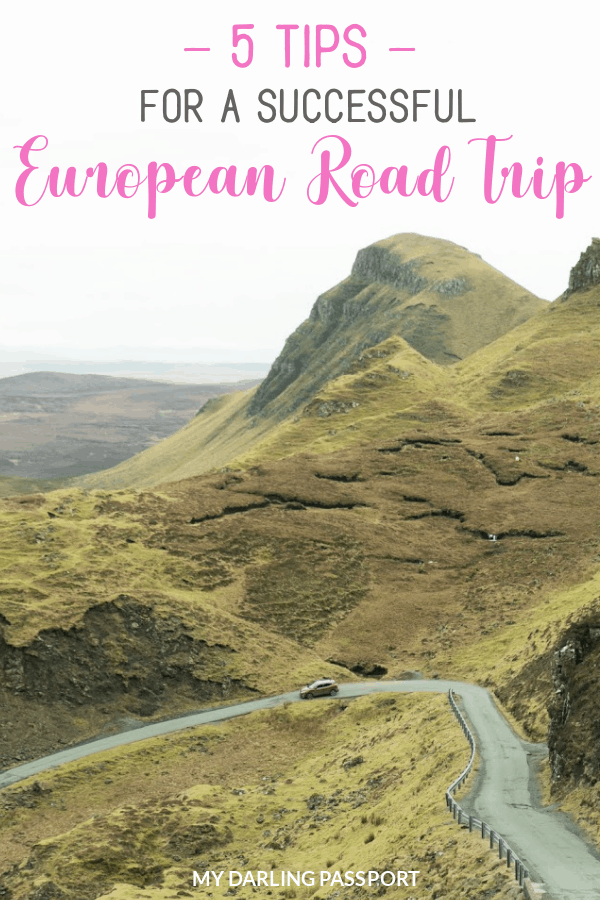
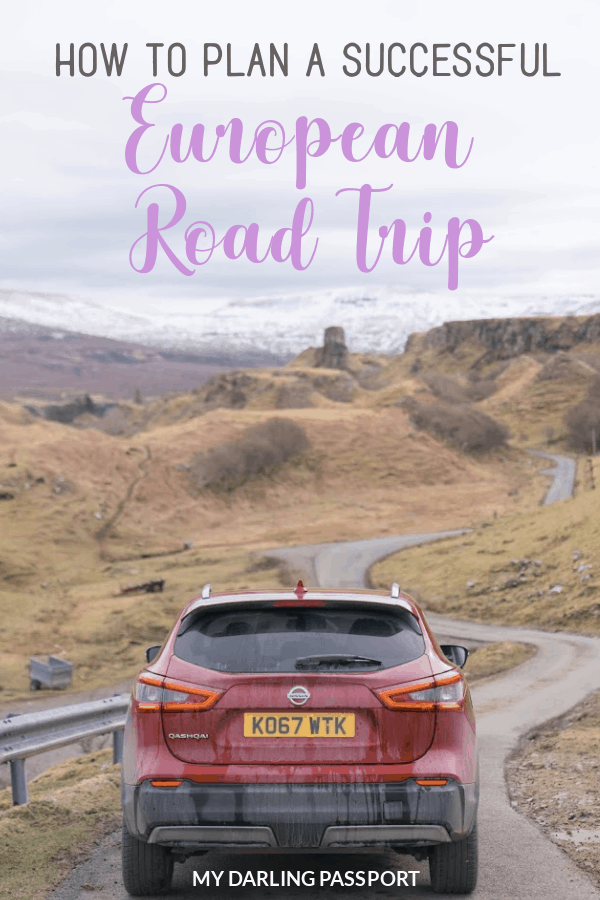


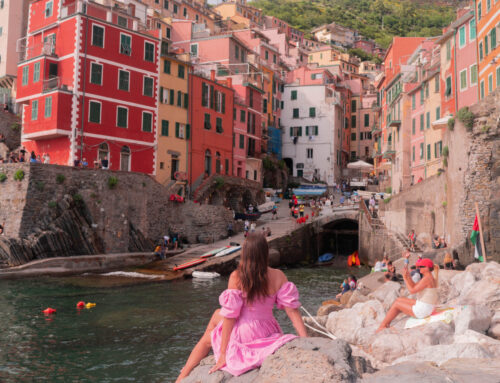


Leave A Comment